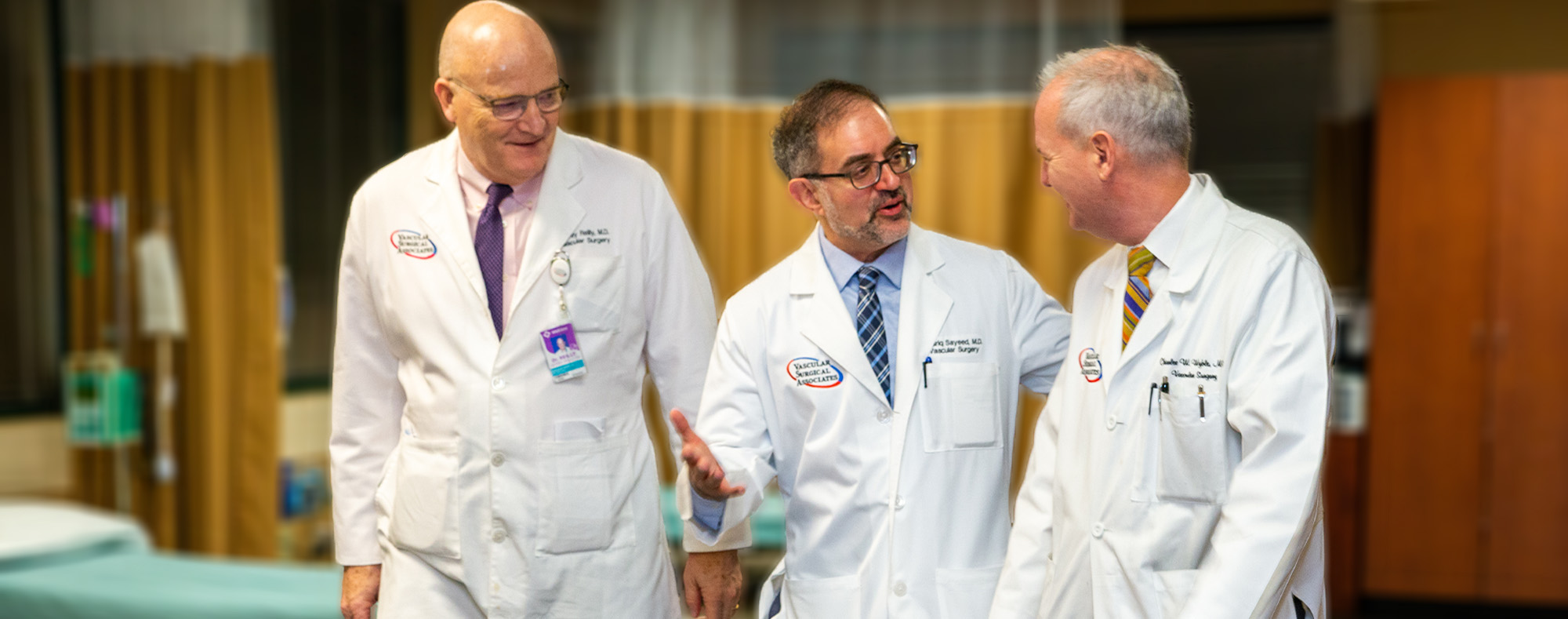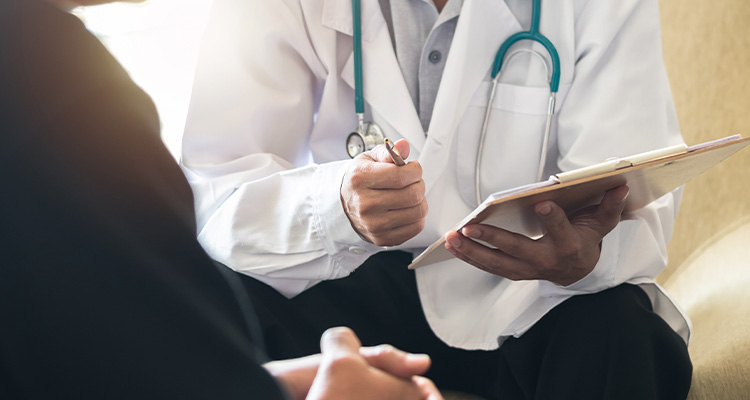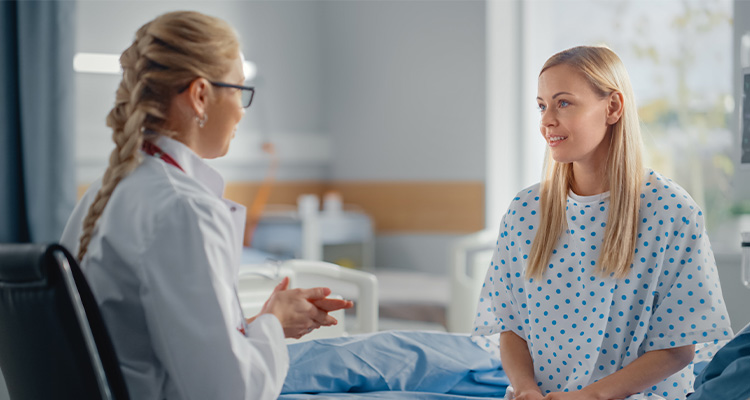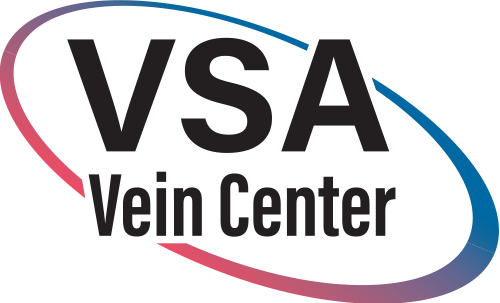
Vein Treatments By Board Certified Vascular Surgeons
About Us
At Vascular Surgical Associates’ vein clinic, you can rest assured you’re getting the highest quality of care with our team of 13 board-certified vascular surgeons. Whether you’re dissatisfied with the appearance of your legs or have an underlying vein condition, our team of physicians are experts in treating venous disease and are committed to improving the health and the youthfulness of your legs. We currently have 5 vein clinic locations: Marietta, Alpharetta, Hiram, Cartersville, and East Cobb.
Vascular Surgical Associates’ Vein Center Offers



Why Choose Vascular Surgical Associates?
Vein treatments done by Board Certified Vascular Surgeons! While many vein centers offer the same
treatments, not all offer the same qualifications. At Vascular Surgical Associates, you can be sure you are getting both! You may only be dissatisfied with the appearance of your legs and want them cosmetically treated with injections or lasers. However, if you are suffering from an underlying vein condition, wouldn’t you want to be treated by physicians that are specifically trained in the diagnosis and management of vein disease?
Schedule an appointment and you can be sure you will be getting the highest quality care that Northwest Georgia has to offer.




